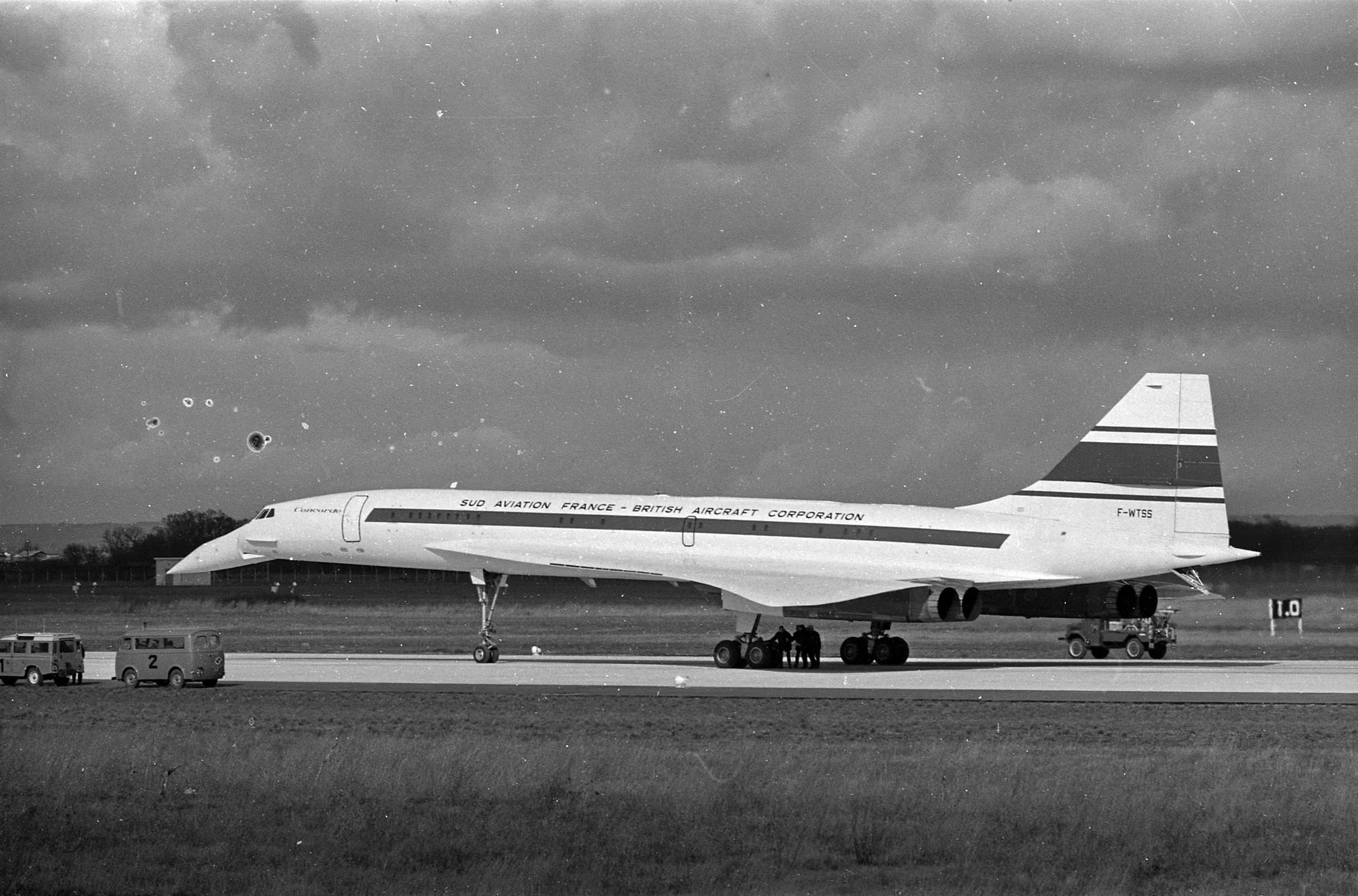On July 25, 2000, a New York City-bound Concorde aircraft crashed shortly after takeoff due to an engine failure. Air France Flight 4590, a supersonic aircraft, crashed into a small hotel in the suburbs of Paris 25 years ago.
At 4:44 p.m. local time, the aircraft, once considered a symbol of aviation, burst into flames. This tragedy claimed all 109 lives on board and was the first crash of a Concorde in its 24 years of service.

The Downfall of the Supersonic Concorde
The crash exposed vulnerabilities and shortcomings of the supersonic Concorde, leading to major scrutiny of its design. After being grounded for almost a year, changes were made to improve tire strength, reinforce fuel tanks, and introduce modified fire prevention measures.
Moreover, the investigations revealed that the Concorde ran over a strip of metal on the runway, which led to a tire blowout. Alongside this, a large fragment of rubber struck a fuel tank on the underside of the wing. The impact of the rubber fragment ultimately ignited the fire.
In 2001, Concorde returned to service, but the crash had shattered public confidence. Additionally, the airline’s economics were heavily affected by the decline in passengers, a rise in maintenance costs, and the global downturn following the 9/11 attacks, which led to the retirement of the aircraft in 2003
Air France’s Concorde, which was once a dream of the aviation industry, ended up being one of the most tragic disasters of its time. Meanwhile, the aviation industry was made aware of its vulnerabilities, and appropriate steps were taken to avoid such tragedies in the future. 25 years later, the Concorde tragedy is still remembered as a dark day in the history of aviation.
What do you think were the major reasons for the collapse of the Concorde? Let us know in the comments below!









